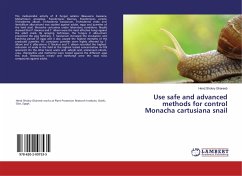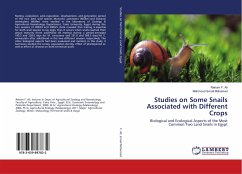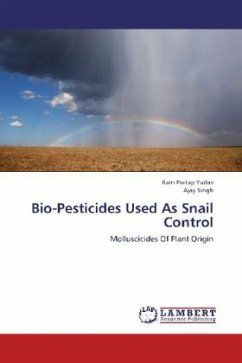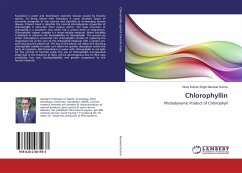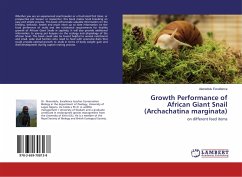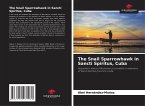The molluscicidal activity of 8 fungal isolates (Beauveria bassiana, Metarhizium anisopliae, Paecilomyces lilacinus, Paecilomyces variotii, Trichoderma album, Trichoderma harzianum, Trichoderma viride and Verticillium albo-atrum) was studied against adults, eggs and juveniles of the land snail, Monacha cartusiana under laboratory conditions. Results showed that P. lilacinus and T. album were the most effective fungi against the adult snails. By spraying technique, the fungus V. albo-atrum prevented the egg hatching. T. harzianum increased the incubation and hatching period of eggs and it also caused the highest mortality of the produced juveniles. M. cartusiana juveniles were highly affected by T. album and V. albo-atrum. P. lilacinus and T. album recorded the highest reduction of snails in the field at the highest tested concentration 4×103 spores/ml. On the other hand, acetic acid, salicylic acid, ammonium nitrate, urea, chlorpyrifos and methomyl were tested against the different ages this snail. Ammonium nitrate and methomyl were the most toxic compounds against adults.

